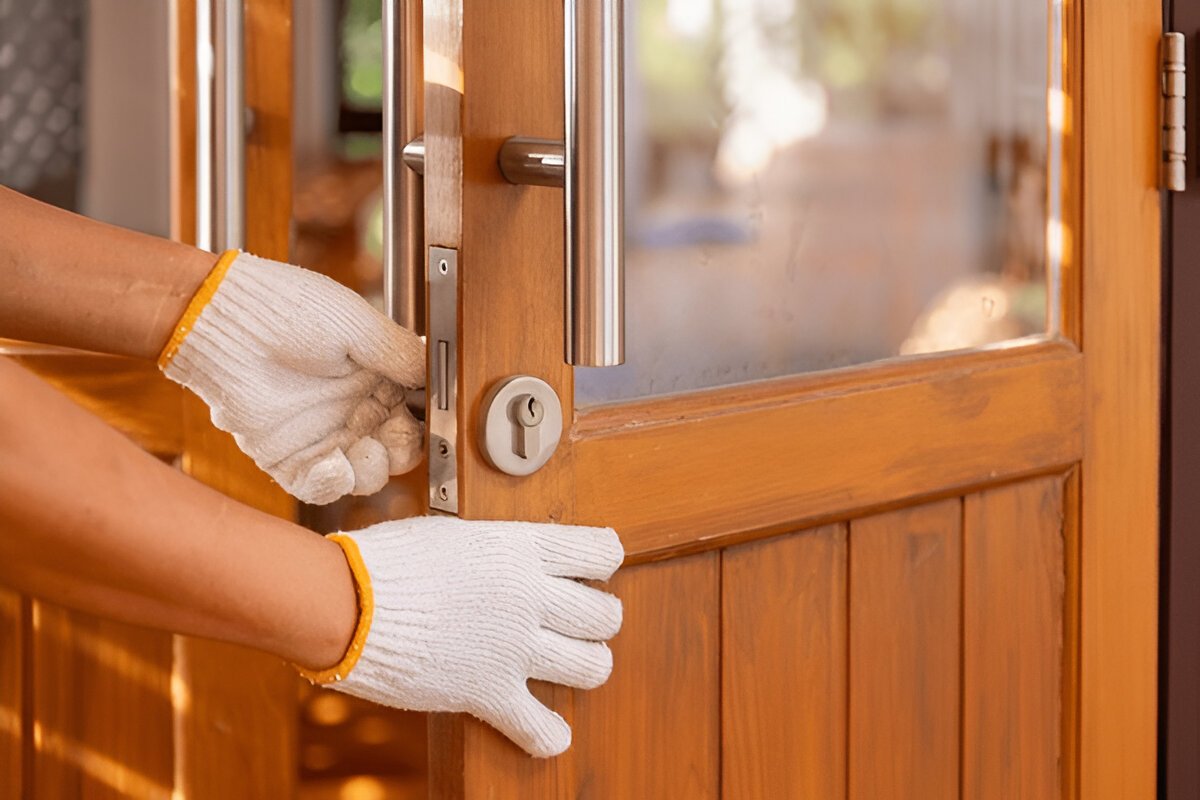Firearm safety is essential for anyone handling guns, whether for sport, self-defense, or hunting. Grand Island residents should be aware of key firearm handling techniques to prevent accidents and ensure responsible usage. The four primary rules of gun safety include treating every firearm as if it is loaded, never pointing it at anything you do not intend to shoot, keeping your finger off the trigger until ready to fire, and being sure of your target and what lies beyond it.
Understanding the mechanics of your firearm is equally crucial. Familiarize yourself with how your specific firearm functions, including loading, unloading, and engaging safety mechanisms. Storing firearms securely in a locked case or safe prevents unauthorized access, especially in households with children. These foundational firearm handling techniques contribute to a safer community and reduce the risk of unintended injuries.
Proper Grip and Stance for Control
A firm grip and proper stance are vital for accurate and safe firearm handling. Whether using a handgun, shotgun, or rifle, maintaining a secure grip ensures better control and reduces the risk of accidental discharge. Your dominant hand should firmly grip the firearm, while your support hand provides additional stability. This minimizes recoil and enhances accuracy.
Your stance also plays a critical role. The isosceles and Weaver stances are two common techniques for handgun shooting. The isosceles stance requires placing both feet shoulder-width apart with arms extended, while the Weaver stance involves angling the body slightly with the dominant foot positioned behind. Both stances help in managing recoil and maintaining balance, ensuring that your shots are controlled and precise.
Understanding these firearm handling techniques will significantly improve safety, whether at a shooting range or in a defensive situation. Practice grip and stance regularly under supervision can refine skills and build confidence in handling firearms safely.
Safe Loading, Unloading, and Storage Practices
One of the most critical firearm handling techniques involves safe loading and unloading. Before loading, always check the firearm’s chamber to ensure it is empty. Point the muzzle in a safe direction, away from yourself and others, while carefully inserting ammunition. When unloading, remove the magazine first before checking and clearing the chamber. Double-check to ensure no live rounds remain in the firearm.
Proper storage prevents unauthorized access and reduces risks. Firearms should always be stored in a locked safe or gun cabinet, separate from ammunition. Trigger locks and cable locks provide an additional layer of security. In homes with children, firearm safety education is vital to prevent curiosity-driven accidents. Grand Island residents should also comply with local firearm storage laws to ensure responsible ownership.
For those seeking professional guidance, certified NRA range safety officer services are available to educate individuals on proper handling and storage techniques. These professionals offer invaluable training that enhances firearm safety, ensuring that users are well-equipped with the knowledge needed to handle firearms responsibly.
The Importance of Situational Awareness
Situational awareness is a fundamental component of safe firearm handling. Being aware of your surroundings, the people around you, and potential risks minimizes the chance of accidental discharge or injury. Whether at a shooting range, hunting, or handling a firearm at home, a lack of awareness can lead to dangerous situations.
Before using a firearm, assess your environment. Identify safe shooting zones, ensure no one is in the line of fire, and confirm that your target is clear. Even in self-defense situations, having a clear understanding of what lies beyond your target is crucial to avoid unintended harm. This level of awareness ensures that firearm handling techniques are executed responsibly and safely.
Distractions can compromise safety. Avoid handling firearms while fatigued, stressed, or under the influence of substances that impair judgment. Maintaining focus and awareness at all times when handling a firearm is a skill that every responsible gun owner should develop.
Training and Practice for Safe Firearm Use
Training is an essential part of mastering firearm handling techniques. Regular practice at a licensed shooting range helps build confidence and improve accuracy. Grand Island residents should take advantage of firearm safety courses to refine their skills under professional supervision. Practicing drills, such as drawing from a holster, reloading efficiently, and shooting in controlled environments, enhances both safety and proficiency.
Dry-fire practice, which involves handling an unloaded firearm to perfect trigger control and sight alignment, is a valuable training method. However, always ensure that the firearm is unloaded and pointed in a safe direction before practicing. Many accidental discharges occur when individuals mistakenly believe a firearm is unloaded.
Continuous education through refresher courses and advanced training ensures that firearm owners stay updated with best practices. Safe firearm handling is a lifelong commitment, and ongoing training reinforces responsible gun ownership.
Legal and Ethical Gun Ownership
Owning a firearm comes with significant legal and ethical responsibilities. Understanding local, state, and federal firearm laws is crucial for Grand Island residents. Laws governing concealed carry, firearm transportation, and self-defense vary, so staying informed prevents legal complications.
Ethical gun ownership involves more than just following the law. It requires a commitment to safety, proper storage, and responsible handling. Firearm owners should engage in discussions about gun safety within their households and educate family members on the importance of respecting firearms.
Participating in community firearm safety programs fosters a culture of responsible gun ownership. Encouraging proper training, practicing safe firearm handling techniques, and promoting awareness within the community help prevent accidents and misuse. By taking these responsibilities seriously, firearm owners contribute to a safer environment for everyone in Grand Island.
Safe firearm handling is not just a personal responsibility—it is a community-wide commitment. By practicing proper techniques, staying informed on safety protocols, and seeking professional guidance when necessary, Grand Island residents can ensure that firearm use remains safe, legal, and responsible.




